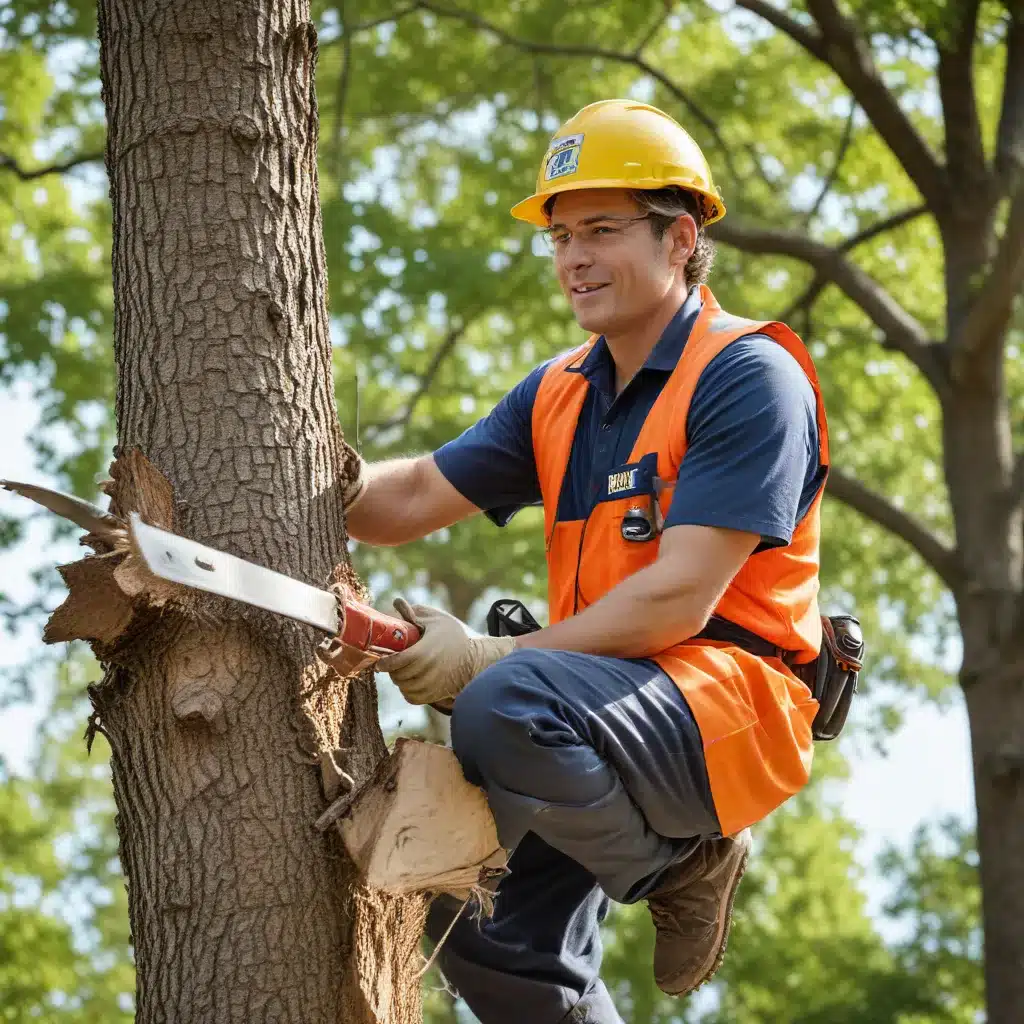
The presence of trees on a property can significantly impact its overall value, both positively and negatively. While well-maintained, healthy trees can enhance a home’s curb appeal and increase its market value, the decision to remove a tree is not one to be taken lightly. As a tree care specialist writing for TriCounty Tree Care, I will provide deep insights into the considerations surrounding tree removal and how to maximize your property’s value through a thoughtful and strategic approach.
Factors Affecting Tree Removal Decision
The decision to remove a tree is often complex, involving a careful evaluation of the tree’s condition, potential risks, and the long-term benefits or consequences of its removal. Arborists and other tree care professionals consider factors such as the tree’s age, structural integrity, and potential hazards to the property and its occupants. In some cases, a tree may pose a significant risk, warranting its removal to ensure the safety of the surrounding area.
Potential Risks and Hazards of Tree Removal
Tree removal is a delicate process that requires specialized knowledge and expertise. Improper or hasty removal can lead to a range of issues, including damage to surrounding structures, the inadvertent removal of healthy trees, and the disruption of the local ecosystem. Certified arborists are trained to assess the potential risks and develop a comprehensive plan to mitigate them, ensuring a safe and efficient removal process.
Professional Tree Removal Services
Engaging a reputable tree care company with experienced arborists is crucial when considering tree removal. These professionals can provide a thorough assessment of the tree’s condition, identify any potential hazards, and develop a tailored plan for its removal. By leveraging their expertise, homeowners can ensure that the process is executed safely, with minimal impact on the surrounding landscape.
Assessing Property Value Impacts
The presence of trees on a property can significantly influence its market value. Well-maintained, mature trees can enhance the aesthetic appeal of a home, contributing to a higher perceived value. Conversely, the removal of trees, especially in prominent locations, can have a negative impact on the property’s value. Appraisers and real estate professionals often consider the condition and placement of trees when evaluating a property’s worth.
Maximizing Property Value through Tree Removal
In some cases, the removal of a tree may be necessary to improve the property’s overall value. For example, the removal of a diseased or structurally compromised tree can prevent potential damage to the home and its surroundings, ultimately enhancing the property’s appeal to potential buyers. Additionally, the strategic removal of trees to improve the home’s visibility, allow for the expansion of living spaces, or create a more desirable landscape design can also contribute to a higher property value.
Timing and Phasing of Tree Removal
Carefully considering the timing and phasing of tree removal is essential to maximizing the impact on property value. Arborists can help homeowners determine the optimal time for removal, taking into account factors such as the tree’s life cycle, seasonal changes, and the local climate. In some cases, a phased approach to tree removal may be recommended, allowing for a gradual transition that minimizes the visual impact and preserves the overall landscape.
Developing a Tree Removal Plan
Before embarking on a tree removal project, it is crucial to develop a comprehensive plan that addresses all aspects of the process. This plan should include a thorough assessment of the tree’s condition, an evaluation of the potential risks and hazards, a detailed timeline for the removal, and a strategy for waste disposal and site cleanup. Consulting with arborists and other professionals can help ensure that the plan is tailored to the specific needs of the property and complies with any relevant local regulations.
Obtaining Necessary Permits and Approvals
Depending on the location and size of the tree, obtaining the necessary permits and approvals may be required before proceeding with the removal. Tree care specialists can assist homeowners in navigating the permitting process, ensuring that all legal requirements are met and that the removal is carried out in compliance with local regulations.
Coordination with Landscaping and Construction
In some cases, tree removal may be part of a larger landscaping or construction project. Careful coordination between the tree care specialists, landscape designers, and construction crews is essential to ensure a seamless and efficient execution of the project. This collaboration helps to minimize disruptions, optimize the use of the available space, and create a cohesive, visually appealing final result.
Safety Protocols and Best Practices
Tree removal is an inherently hazardous process that requires strict adherence to safety protocols and best practices. Certified arborists are trained to identify potential hazards, implement appropriate safety measures, and utilize specialized equipment to ensure the safe execution of the removal. This attention to safety not only protects the workers involved but also safeguards the surrounding property and its occupants.
Waste Disposal and Site Cleanup
The successful completion of a tree removal project also involves the proper disposal of the resulting waste and the thorough cleanup of the site. Arborists can provide guidance on the most environmentally responsible and cost-effective methods for disposing of the tree’s remains, as well as ensuring that the site is left in a clean and presentable condition.
Monitoring and Follow-up Maintenance
Even after a tree has been successfully removed, it is essential to monitor the site and perform any necessary follow-up maintenance. This may include addressing any residual root systems, preventing the growth of unwanted vegetation, and ensuring that the landscape remains aesthetically pleasing and well-maintained. Ongoing collaboration with tree care professionals can help homeowners maintain the long-term value and appeal of their property.
By considering the factors discussed in this article and working closely with experienced arborists and other professionals, homeowners can make informed decisions about tree removal and effectively maximize the value of their property. Careful planning, execution, and follow-up maintenance are key to ensuring a successful and rewarding tree removal project.


